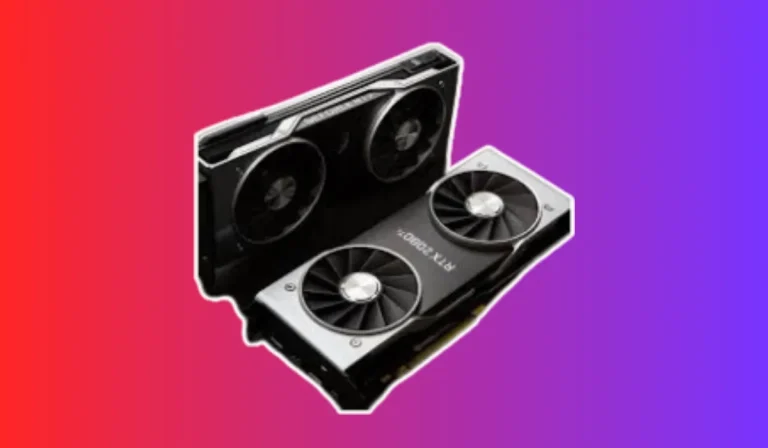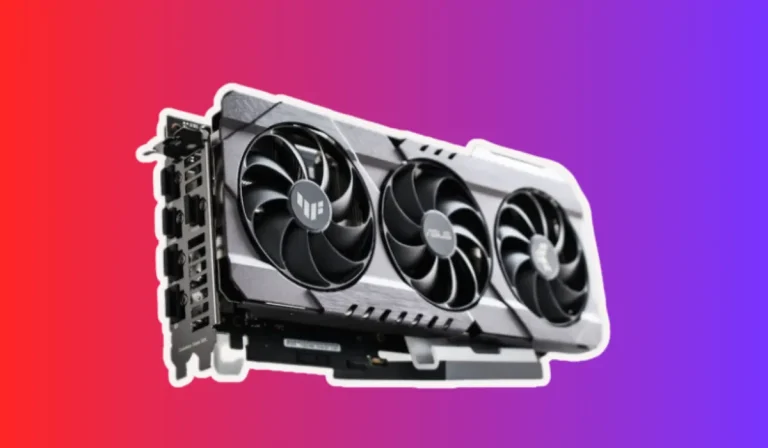How Long Can You Run a CPU Without a Heatsink?
Running a CPU without a heatsink may seem tempting, but do you know the risks involved? Let’s dive into the fascinating world of CPU heat and uncover the consequences of neglecting that small yet crucial component. Discover how long you can push your CPU’s limits without a heatsink, and why it’s essential for its longevity and performance.
The Impact of No Heatsink
When it comes to running a CPU without a heatsink, the consequences can be dire. We will explore the immediate effects of neglecting this crucial component and understand why it’s essential for the smooth operation of your computer.
Overheating: The Silent Culprit
Without a heatsink, your CPU is left vulnerable to overheating. As your CPU works hard to process tasks, it generates heat as a byproduct. Normally, the heatsink’s primary function is to absorb this heat and dissipate it away from the CPU. However, without a heatsink, the CPU becomes a hotbed of thermal energy.
Thermal Throttling: Slowing Down to Cool Down
To protect itself from overheating, modern CPUs are designed with a safety mechanism called thermal throttling. When temperatures rise to dangerous levels, the CPU automatically reduces its clock speed to generate less heat. While this may prevent immediate damage, it can significantly impact the performance of your system, causing slowdowns and lags.
Stability Issues and Potential Damage
Operating a CPU without a heatsink can lead to stability issues, causing your system to crash or freeze unexpectedly. Furthermore, prolonged exposure to high temperatures can damage the delicate internal components of the CPU, such as transistors and circuits. This can result in permanent hardware failure, rendering your CPU useless.
Factors Affecting CPU Lifespan
Understanding the factors that determine how long a CPU can run without a heatsink is crucial for maintaining the longevity of your computer. We will delve into the key elements that impact your CPU’s lifespan and performance.
The Thermal Design Power (TDP) Factor
One significant factor that affects a CPU’s lifespan is its Thermal Design Power or TDP. TDP represents the maximum amount of heat a CPU generates under normal operating conditions.
CPUs with higher TDP ratings generate more heat and require more efficient cooling solutions, such as a heatsink, to maintain safe temperatures and prevent premature wear and tear.
Ambient Temperature and Airflow
The surrounding environment and airflow play a vital role in CPU temperature regulation. High ambient temperatures hinder heat dissipation, putting additional strain on the CPU.
Similarly, poor airflow inside the computer case can trap heat and lead to increased temperatures. Proper ventilation and cooling mechanisms, including heatsinks, help maintain optimal temperatures and extend the CPU’s lifespan.
Overclocking and Overvolting
Overclocking and overvolting are popular practices among enthusiasts to boost CPU performance. However, pushing a CPU beyond its recommended limits increases power consumption and generates more heat.
Without adequate cooling, this can significantly reduce the CPU’s lifespan. It is important to strike a balance between performance enhancements and keeping temperatures in check.
Maintenance and Dust Accumulation
Regular maintenance is vital for preserving a CPU’s lifespan. Dust accumulation on the heatsink, fans, and other components restricts airflow, leading to higher temperatures. Periodically cleaning these components ensures efficient cooling and prevents overheating.
Best Practices for CPU Cooling
To ensure optimal performance and prevent any potential damage, it’s essential to follow best practices for CPU cooling. By implementing these practices, you can keep your CPU running smoothly and extend its lifespan. We will explore some effective strategies to maintain ideal temperatures and avoid overheating.
Selecting the Right Heatsink
Choosing the appropriate heatsink for your CPU is crucial. Consider factors such as your CPU’s TDP, compatibility with your motherboard, and available space in your computer case. Opt for a heatsink that offers efficient heat dissipation and fits within your budget.
Applying Thermal Paste Correctly
Thermal paste is a vital component that enhances heat transfer between the CPU and the heatsink. When applying thermal paste, use a small, pea-sized amount in the center of the CPU. Spread it evenly with a plastic card or a spatula, ensuring complete coverage without excess paste.
Ensuring Proper Airflow
Maintaining good airflow inside your computer case is essential for effective cooling. Ensure that fans are properly installed and positioned to facilitate the intake of cool air and the expulsion of hot air. Keep cables organized to avoid obstructing airflow and consider additional case fans if necessary.
Regular Cleaning and Dusting
Dust accumulation can hinder airflow and lead to increased temperatures. Regularly clean your computer case, fans, and heatsink using compressed air or a soft brush. This helps prevent dust buildup and ensures efficient cooling.
Monitoring Temperature and Performance
Use monitoring software to keep an eye on your CPU’s temperature and performance. This enables you to identify any potential issues and take necessary actions, such as adjusting fan speeds or reapplying thermal paste, to maintain optimal cooling.
FAQ’s
1. Can I run a CPU without a heatsink for a short time without any issues?
While brief periods without a heatsink may not cause immediate harm, it’s best to avoid running a CPU without proper cooling. Prolonged operation without a heatsink can lead to overheating and potential damage.
2. How quickly can a CPU overheat without a heatsink?
Without a heatsink, a CPU can overheat within a matter of seconds to a few minutes, depending on factors like workload and ambient temperature. It’s crucial to use a heatsink to maintain safe operating temperatures.
3. Will a CPU shut down automatically if it gets too hot without a heatsink?
Many CPUs have built-in thermal protection mechanisms that can trigger an automatic shutdown if they reach critical temperatures. However, relying solely on this safeguard is not recommended, as it’s better to have proper cooling in place.
4. Can running a CPU without a heatsink cause permanent damage?
Yes, extended operation without a heatsink can damage a CPU. Overheating can degrade performance, shorten the CPU’s lifespan, or even result in complete failure. It’s crucial to use a heatsink for effective cooling.
5. Can applying high-quality thermal paste replace the need for a heatsink?
No, thermal paste alone cannot substitute for a heatsink. While thermal paste enhances heat transfer, a heatsink is essential for actively dissipating the CPU’s heat. Both components work together to ensure proper cooling and prevent overheating.
Conclusion
Running a CPU without a heatsink is not recommended for extended periods. Without proper cooling, a CPU can overheat within seconds to minutes, potentially causing permanent damage. To safeguard your CPU’s longevity and performance, it’s crucial to always use a reliable heatsink.


